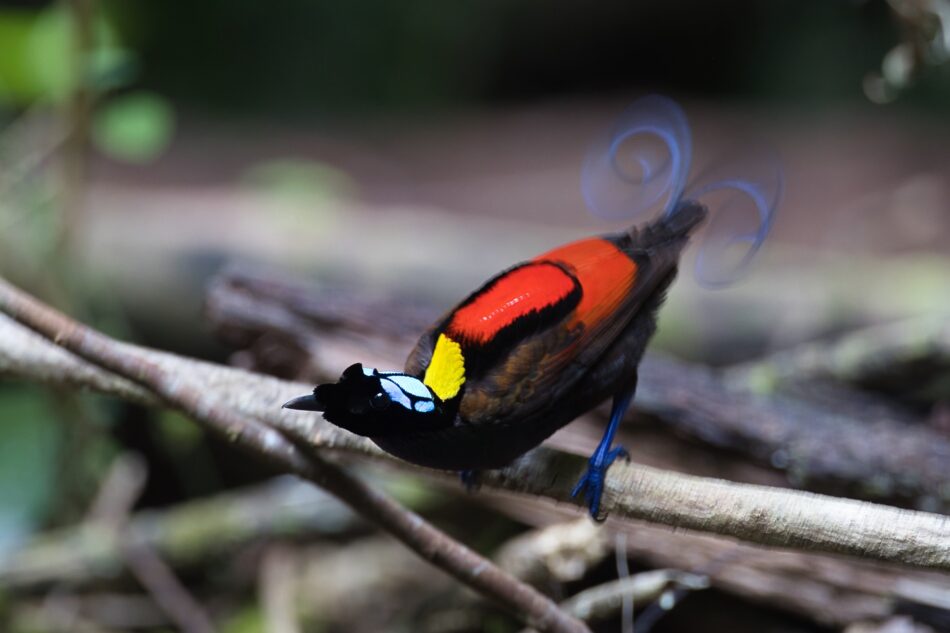
We travelled from Sorong via a 2 hour ‘fast ferry’ on the afternoon of the 8th to Waigeo, which is one of the 4 main islands that make up the Raja Ampat (meaning ‘Four Kings’) archipelago. Raja Ampat is probably most famous for its reef ecosystem and diving opportunities but it’s islands also contain rainforest covered hills and valleys, home to a number of endemic Bird’s of Paradise and other fantastic birds.
9th August:
Our first full day on Waigeo started at 5am for a 30 minute pre-dawn hike up to a Red Bird-of-Paradise display site. Red Birds-of-Paradise tend to display in the canopies of prominent trees, often high up on rocky outcrops and require calm conditions in order to do so. Unfortunately being a coastal location, it can get windy as it proved this morning with the birds around and calling but keeping undercover in the lower in the canopy rather than higher up on their more exposed display perches.
Drawing a blank, we headed back down the steep hill at around 7:30am to a gully which housed a couple of blinds at Wilson’s Bird of Paradise leks and this BoP certainly did not disappoint!
We had a choice between a couple of blinds overlooking 2 different leks. Both of which were close to the road and the one I went to looked down onto the actual display site. ‘Our’ male was calling as we arrived and was pretty much visible the whole time we were in the blind – either clearing the lek area, displaying/flying around the lek or sitting on one of his regular perches around the site where he would alternate between preening and calling. ‘Preening’ also seemed to include ruffling his feathers and ‘practising’ shapes used during his display. It was quite amazing to see the variety of shapes and the dramatic impact it had on his appearance.
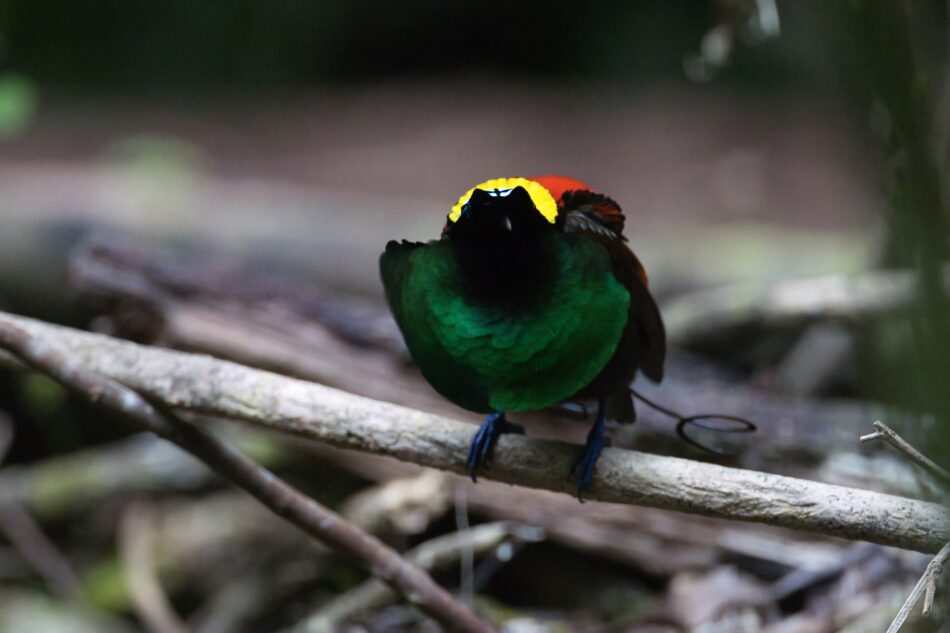
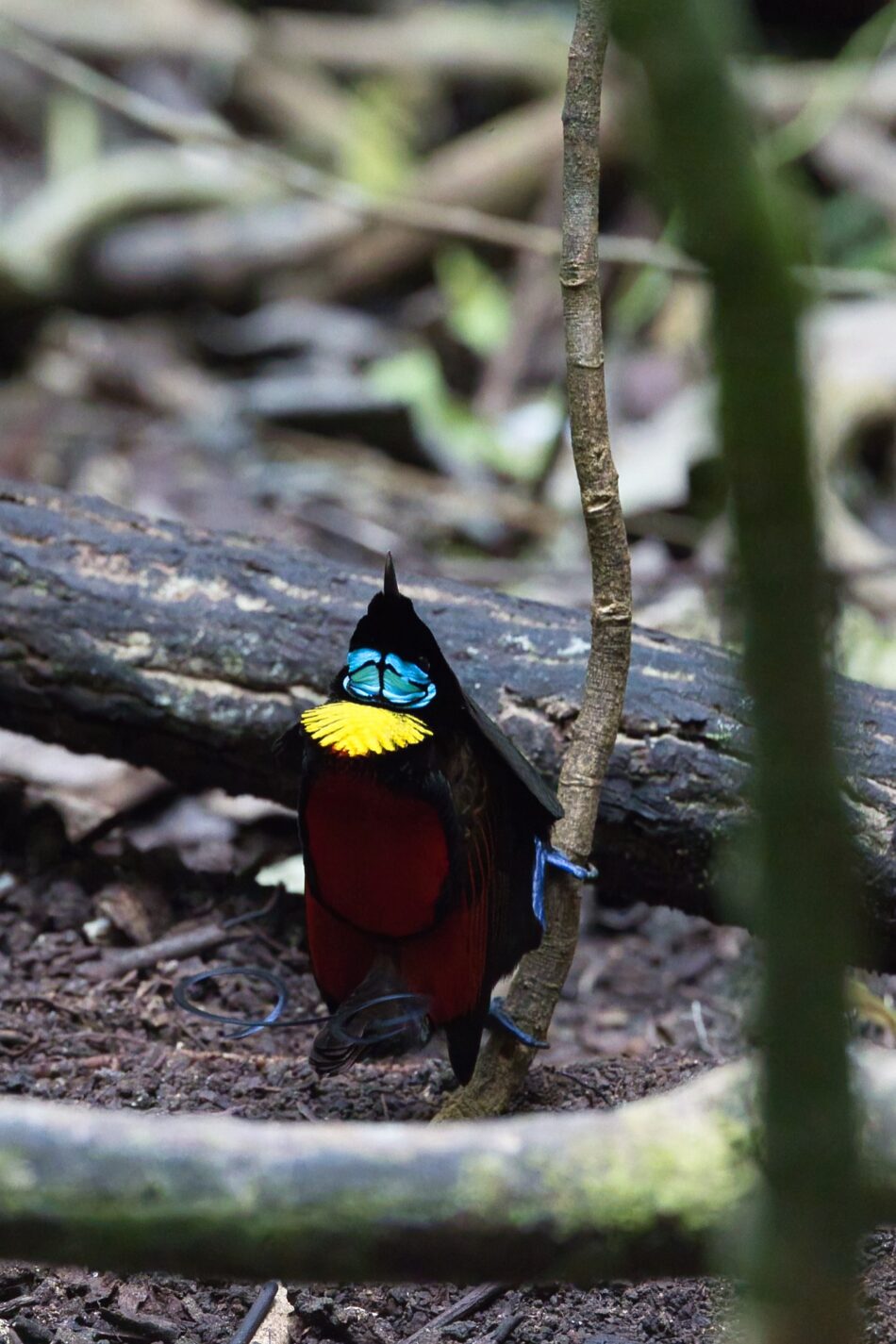
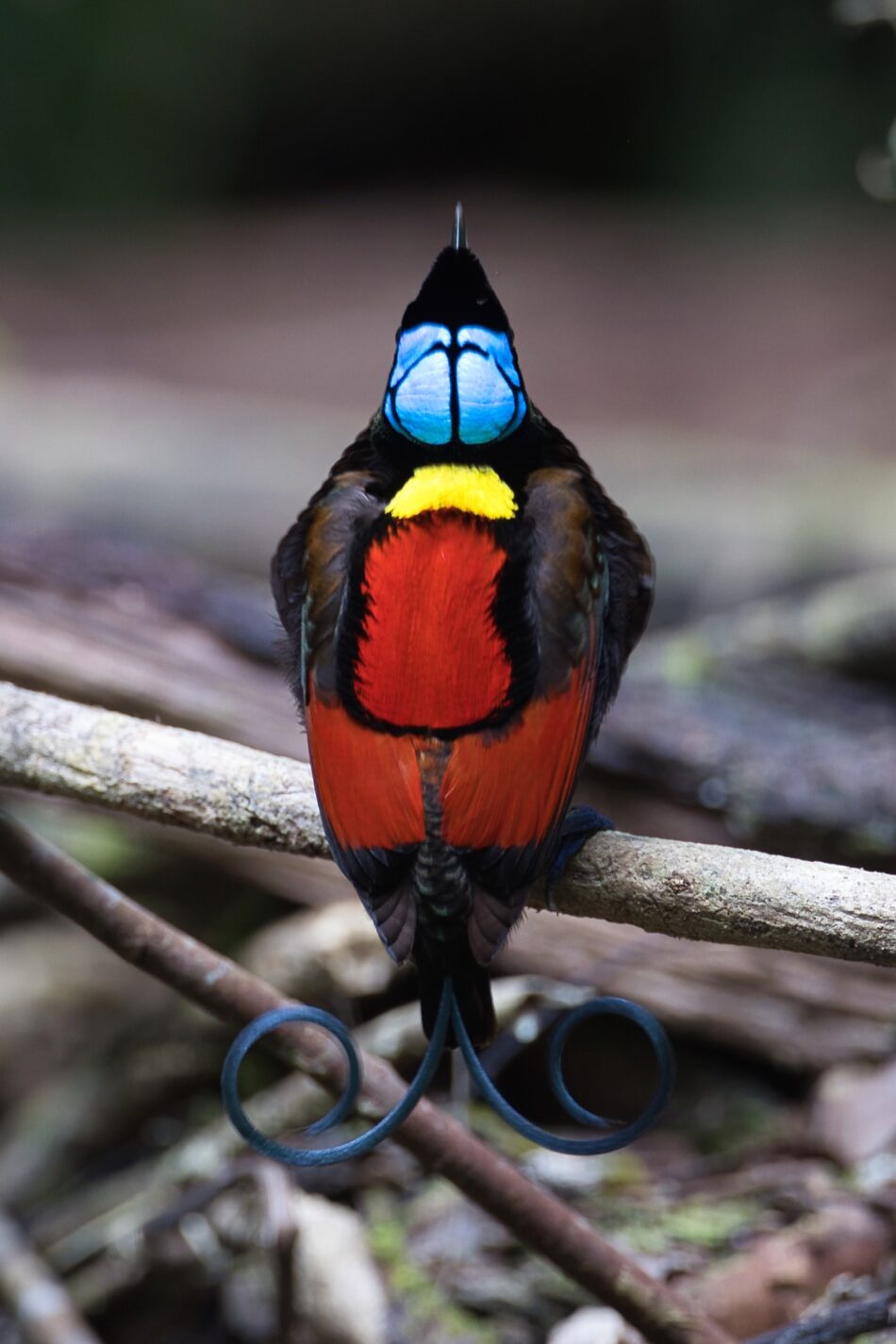

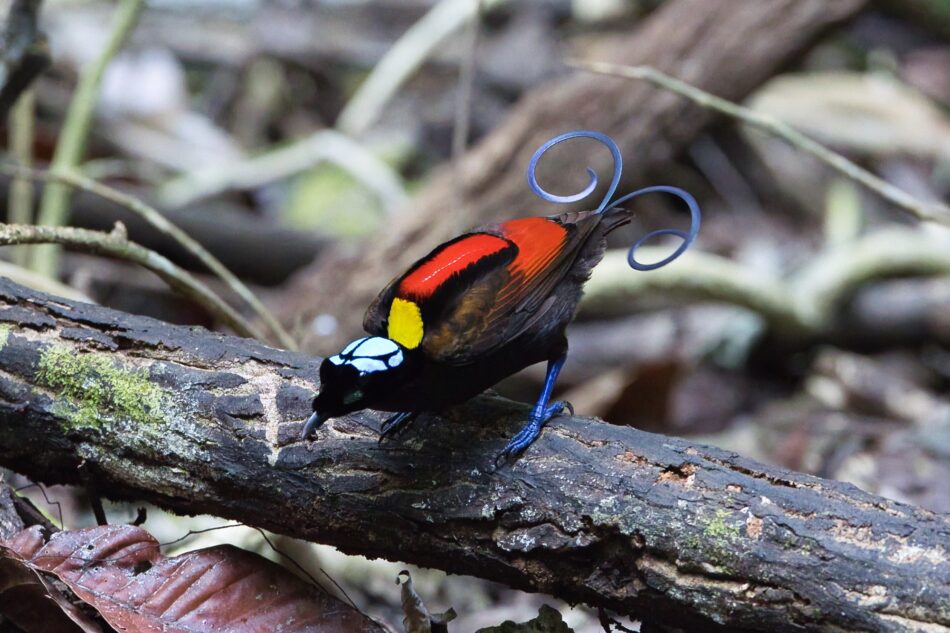


After fantastic 60 odd minutes we left the hide for some birding along the Waigeo Forest Track and picked up a number of species including Raja Ampat Pitohui, Rusty Pitohui, Golden Monarch, Frilled Monarch, Black Butcherbird, Tawny-breasted Honeyeater, Puff-backed Honeyeater, Yellow-bellied Longbill, Rusty Mouse-warbler and Green-backed Gerygone.
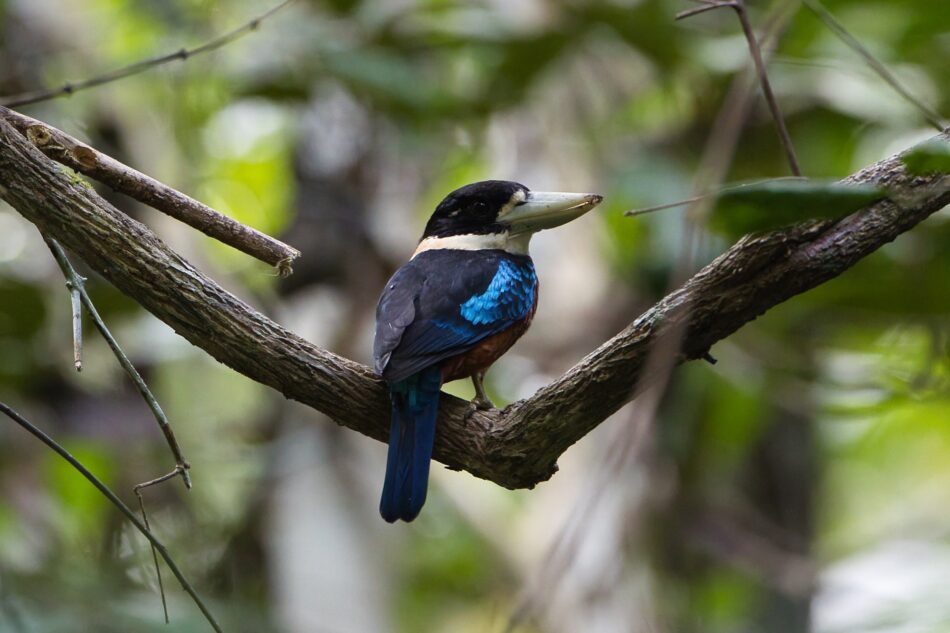
The afternoon started with a stake-out for the Papuan Pitta but whilst it was around, it remained elusive so we headed over to spend the afternoon at the was spent at ‘Airport Bay’ which is much nicer than it sounds being as a strip of land between a small estuary and a rainforest covered hillside. It proved very fruitful with plenty of activity befitting an asian rainforest with the opportunity of some waders on the mudflats below!
On the rainforest side we were able to watch Papuan Eclectus, Red-cheeked Parrot, Sulphur-crested Cockatoo, Great-billed Parrot, Pink-spotted Fruit Dove, Claret-breasted Fruit Dove, Pinon’s Imperial Pigeon, Spice Imperial Pigeon, Pied Imperial Pigeon, Oriental Dollarbird, Moustached Treeswift, Lesser Frigatebird, Sacred Kingfisher and if we turned to face the other way, we saw Pacific Golden Plover, Eurasian Whimbrel, Grey-tailed Tattler, Common Sandpiper, Little Egret, Striated Heron, White-bellied Sea Eagle and Pacific Reef Heron!
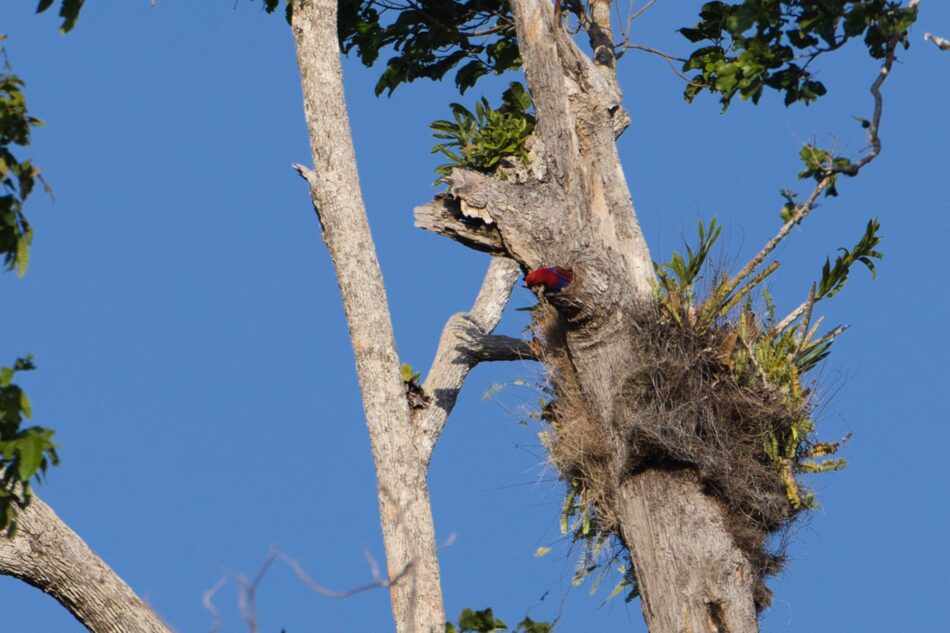

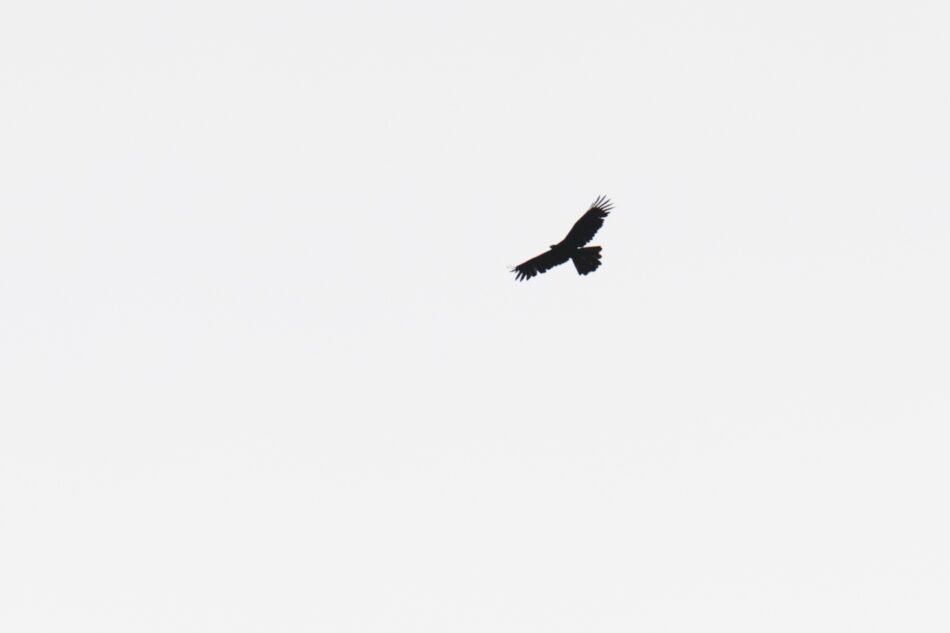
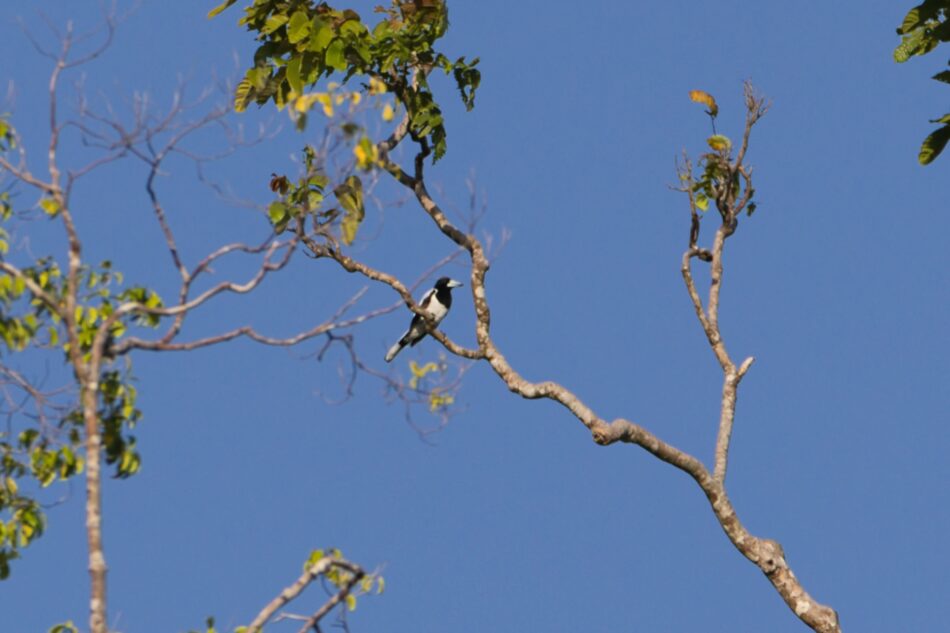
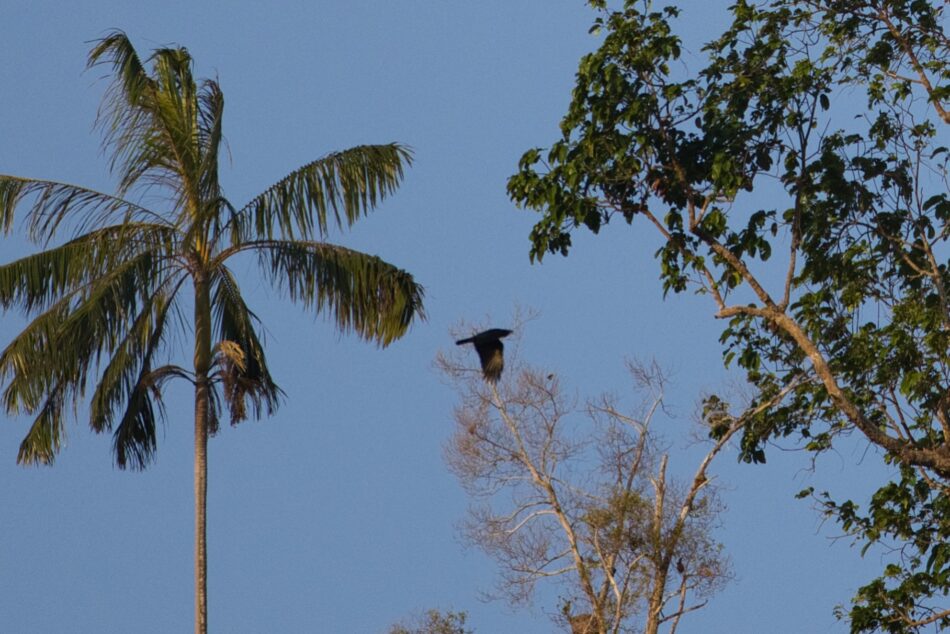

We left just as the sun was starting to set and picked up a Beach Kingfisher coming into roost in some dense trees near the shore and a lovely pair of Gurney’s Eagles drifting over on the way to their roost.
Next post: Waigeo & Kri Islands
Previous post: King Bird of Paradise (Malagafuk Lowlands)
